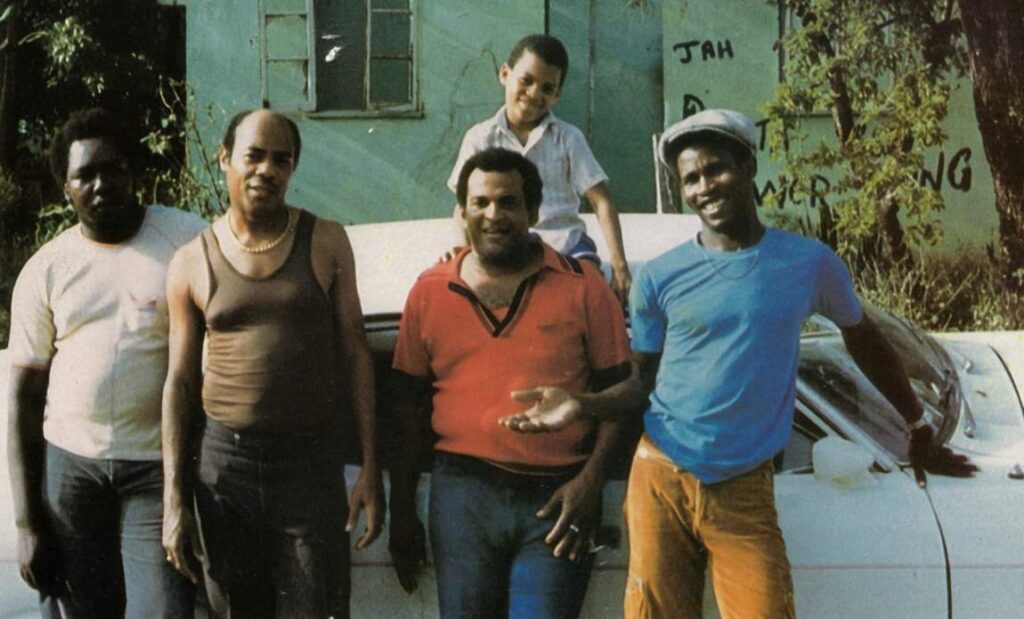Bunny Lee’s “Flying Cymbals” dominated the Dancehalls and the charts during 1974 and 1975.
But what are they?
The flying cymbals (or flyers rhythms) style in reggae is characterized by a distinctive, rapid hi-hat pattern that mimics the sound of a cymbal flying through the air.
It became a hallmark of producers like Bunny “Striker” Lee and significantly shaped reggae in the 1970s and early dancehall sounds.
The flying cymbals added a unique, driving rhythm that differentiated it from the traditional one-drop and rockers styles in reggae.
The style was popularized in the mid-1970s by drummer Carlton “Santa” Davis from the Soul Syndicate group. He was inspired by the hi-hat patterns in American funk music, especially those by drummer Earl Young from Philly Soul.
It was the producer Bunny “Striker” Lee who made the flyers rhythms famous, starting with Johnny Clarke‘s interpretation of Earl Zero‘s “None Shall Escape The Judgement”.
But the hissing hi-hat can be heard in Jamaican music as early as The Skatalites. And, as Bunny Lee stated himself, Sly Dunbar had used it in reggae on a 1973 cover of Al Green’s ‘Here I Am (Come and Take Me)’ by Al Brown and Skin Flesh and Bones.
Bunny Lee explained that the name came from the chicken wings (flyers) that he loved eating at the studio during recording sessions:
“Yeah… I used to get Kentucky Fried Chicken and when it came they’d say, ‘put up the flyers for Striker’, meaning the chicken wings (which I loved)”.
– Bunny ‘Striker’ Lee
In an interview with factmag.com, Carlton Davis recounted how, in between sessions where he played the new rhythm and the musicians stopped to eat the chicken wings, he began hearing people say: “Man, that flying cymbal thing you played!”
“Bunny Lee called it ‘flying cymbals’ because we used to eat a lot of chicken. We used to say, ‘Let’s eat some flyers.’ […] Then all of a sudden, everybody wants it into a song. For that whole period I was bombarded with it. I got tired of it to be honest. I said, ‘Look, all the music cannot sound like tsh tsh tsh’ – but they were paying their money so I had no choice. I played it on a lot of songs.
– Carlton “Santa” Davis
It made everyone say, ‘Santa Davis – the flying cymbal’. I never claimed ownership of it. I was just in a moment where I played it and it became something.”
Thus, Davis became associated with the flying cymbals, just as Sly Dunbar would be with the double-drum “rockers” of the mid-to-late ’70s, and Style Scott with the heavy rub-a-dub of the early ’80s.
Throughout 1974–75, Striker’s flying cymbals completely dominated the local scene. For example, King Tubby released three dub albums showcasing flyers rhythms: “King Tubby The Dub Master Presents The Roots Of Dub”, “King Tubby The Dub Master Presents Dub From The Roots”, and “Brass Rockers: Bunny Lee & King Tubby Present Tommy McCook & The Aggrovators”.
-
 Johnny Clarke – Young Rebel14,50€
Johnny Clarke – Young Rebel14,50€ -
 Barrington Levy – I Have A Problem9,00€
Barrington Levy – I Have A Problem9,00€ -
 Johnny Clarke – Enter Into His Gates With Praise12,00€
Johnny Clarke – Enter Into His Gates With Praise12,00€ -
 King Tubby – Linval Thompson Meets King Tubby In Reggae Dub Style27,00€
King Tubby – Linval Thompson Meets King Tubby In Reggae Dub Style27,00€ -
 Augustus Pablo and Rockers All Stars – Lightning And Thunder29,00€
Augustus Pablo and Rockers All Stars – Lightning And Thunder29,00€ -
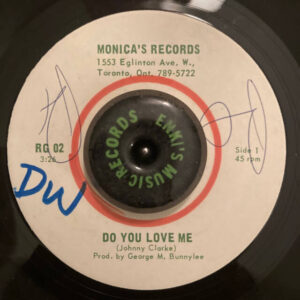 Johnny Clarke – Do You Love Me9,00€
Johnny Clarke – Do You Love Me9,00€ -
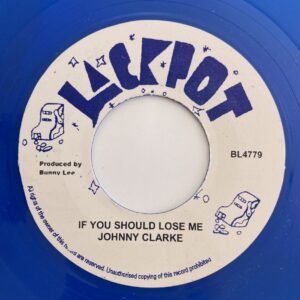 Johnny Clarke – If You Should Lose Me12,20€
Johnny Clarke – If You Should Lose Me12,20€ -
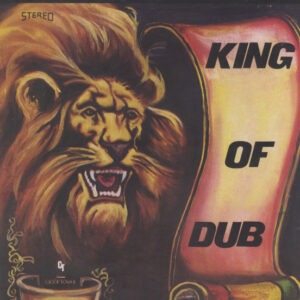 King Tubby – King Of Dub22,50€
King Tubby – King Of Dub22,50€ -
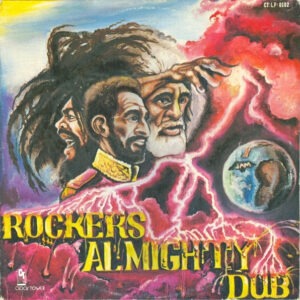 King Tubby & B.Osbourne – Rockers Almighty Dub22,50€
King Tubby & B.Osbourne – Rockers Almighty Dub22,50€ -
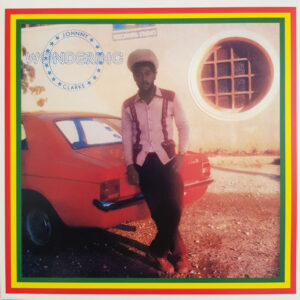 Johnny Clarke – Wondering18,00€
Johnny Clarke – Wondering18,00€ -
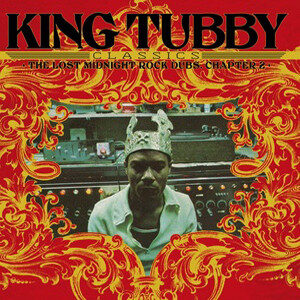 King Tubby’s Classics: The Lost Midnight Rock Dubs Chapter 218,00€
King Tubby’s Classics: The Lost Midnight Rock Dubs Chapter 218,00€ -
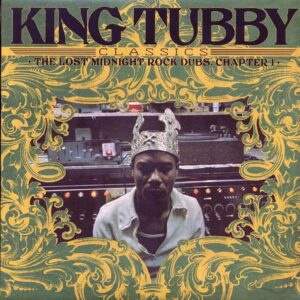 King Tubby’s Classics: The Lost Midnight Rock Dubs Chapter 118,00€
King Tubby’s Classics: The Lost Midnight Rock Dubs Chapter 118,00€ -
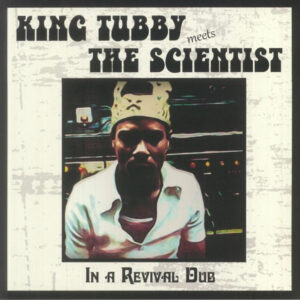 King Tubby Meets The Scientist – In A Revival Dub19,00€
King Tubby Meets The Scientist – In A Revival Dub19,00€ -
 Augustus Pablo – Rockers at King Tubbys19,00€
Augustus Pablo – Rockers at King Tubbys19,00€ -
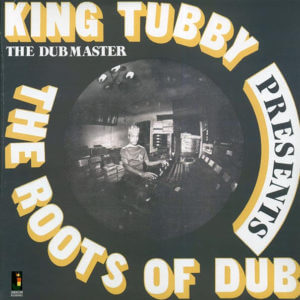 King Tubby – The Roots Of Dub18,00€
King Tubby – The Roots Of Dub18,00€ -
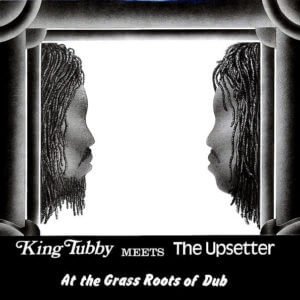 King Tubby, Lee Perry – King Tubby Meets The Upsetter At The Grass Roots Of Dub23,00€
King Tubby, Lee Perry – King Tubby Meets The Upsetter At The Grass Roots Of Dub23,00€
Sources:
Carlton ‘Santa’ Davis on “flying cymbals”, King Tubby and reggae’s evolution By Angus Taylor on factmag.com
Bunny ‘Striker’ Lee by Noel Hawks on thewire.co.uk
Cover image “Bunny Lee & King Tubby with the Waterhouse Posse (Photographer unknown)” from reggae-vibes.com

